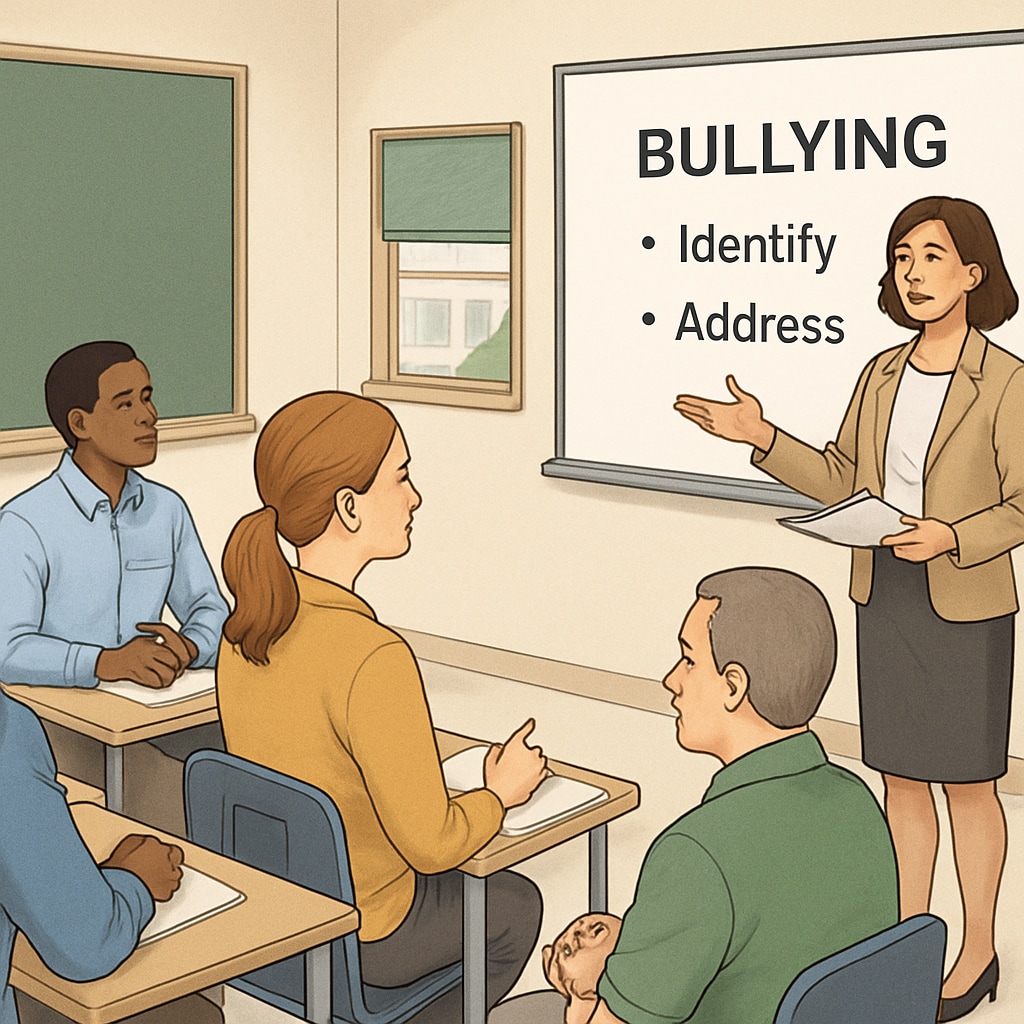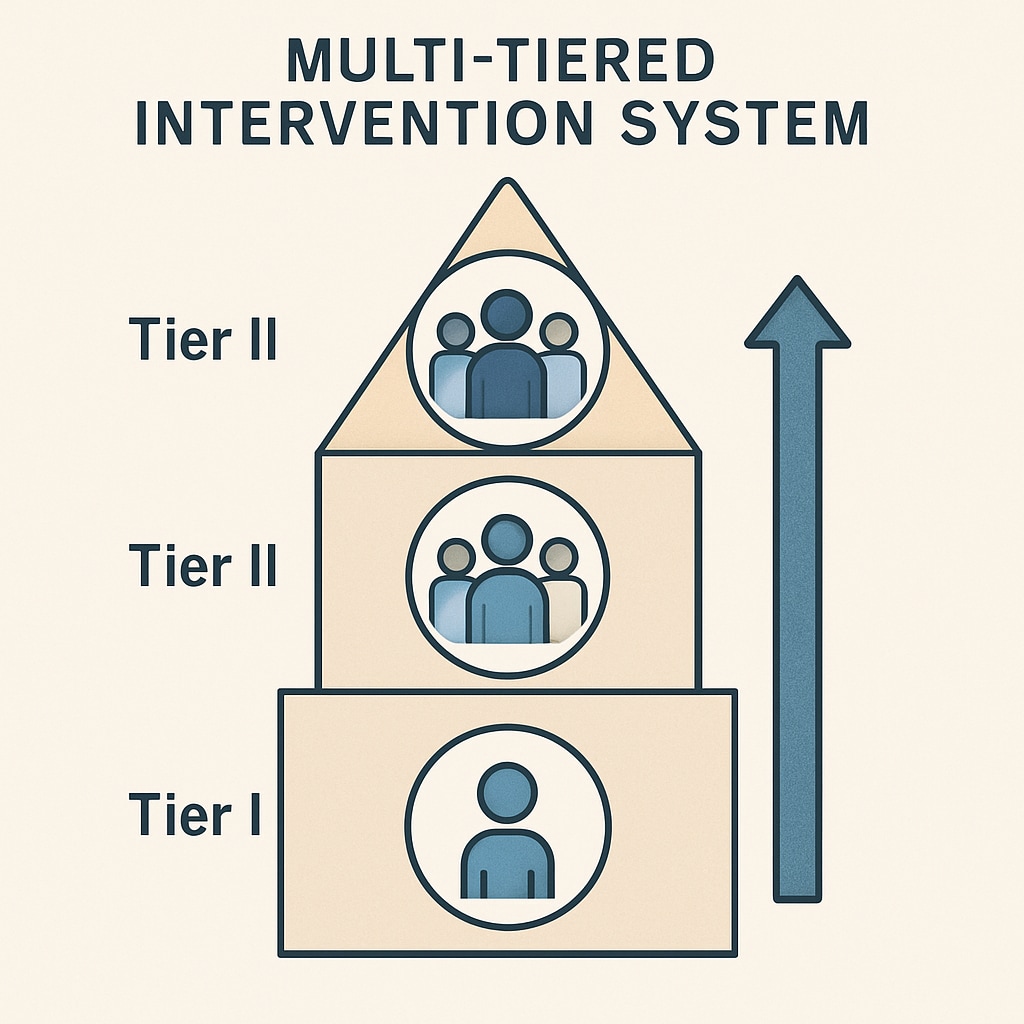The topic of bullying has become a critical concern in modern education systems, demanding effective solutions that address both immediate consequences and long-term outcomes. To achieve this, a comprehensive bullying intervention system must be implemented, one that emphasizes “bullying intervention,” “school management,” and “behavioral consequences.” This article outlines an ideal framework for designing such a system to ensure safer campuses and the holistic development of students.
Identifying and Addressing Bullying Behaviors
Before implementing an intervention system, schools must clearly define what constitutes bullying. Bullying can be physical, verbal, psychological, or cyber-related and often involves repeated harmful behavior targeted at a specific individual or group. By establishing universal definitions and criteria, educators can more effectively identify bullying incidents and ensure a fair response.
Additionally, schools should invest in comprehensive training for teachers and staff to recognize subtle forms of bullying. For example, passive-aggressive gestures or exclusionary tactics can often go unnoticed but have significant emotional impacts on students. Awareness programs aimed at parents and students can also contribute to a shared understanding of bullying and its consequences.

Multi-Tiered Intervention Systems
An ideal bullying intervention system should operate on multiple levels. Firstly, preventive measures such as anti-bullying campaigns, peer mentoring programs, and open communication channels can reduce the likelihood of bullying. Schools can also introduce tools like anonymous reporting systems to encourage victims or witnesses to report incidents without fear of retaliation.
When bullying occurs, the response should be immediate and consistent. Schools can establish a tiered intervention system that categorizes bullying incidents based on severity, guiding appropriate actions ranging from counseling sessions to disciplinary measures. For severe cases, collaboration with external professionals, such as therapists or law enforcement, may be necessary.
Tiered interventions can be summarized as follows:
- Level 1: Minor incidents addressed through teacher-student dialogues and peer mediation.
- Level 2: Recurring or moderate incidents managed through parental involvement and behavioral contracts.
- Level 3: Severe cases requiring professional counseling, external agency involvement, or suspension.

Balancing Discipline and Education
While punitive measures are essential for establishing boundaries, an effective bullying intervention system must focus equally on education. Discipline should serve as an opportunity for growth—helping students understand the consequences of their actions and develop empathy and social responsibility.
Restorative justice practices can be particularly beneficial in this regard. These practices involve mediated dialogues between the victim and the perpetrator, aiming to repair harm and rebuild trust. By fostering accountability and emotional intelligence, restorative approaches create long-term behavioral changes rather than temporary compliance.
Moreover, schools can integrate social-emotional learning (SEL) into their curriculums. SEL programs teach students critical skills such as conflict resolution, empathy, and effective communication, reducing the likelihood of bullying behaviors and empowering students to intervene as active bystanders.
Long-Term Outcomes and Cultural Change
The ultimate goal of any bullying intervention system is to not only address immediate incidents but also cultivate a school culture that actively discourages bullying. Achieving this requires a consistent commitment from all stakeholders—students, parents, teachers, and administrators.
Periodic evaluations of the intervention system, coupled with feedback from the school community, will help refine strategies and adapt to emerging challenges. Additionally, schools can celebrate positive behavior through recognition programs, fostering an environment where kindness and inclusivity are valued.
As a result, students not only learn to navigate interpersonal conflicts but also develop the emotional intelligence and social responsibility needed to contribute positively to society.
By implementing a comprehensive bullying intervention system, schools can strike a balance between discipline and education, addressing immediate behavioral consequences while promoting long-term emotional and social growth. This approach ensures safer campuses and equips students with the tools needed for lifelong success.
Readability guidance: This article maintains a clear structure with short paragraphs, active voice, and accessible language. Lists and diagrams are used to summarize key points, ensuring clarity and ease of understanding.


